Association of Metabolic Disorders with Thyroid Nodules among Teachers in Puyang County
DOI: 10.23977/phpm.2025.050304 | Downloads: 1 | Views: 120
Author(s)
Zhenxia Liu 1,2, Yating Li 1, Qian Zhang 1, Guofu Zhang 1
Affiliation(s)
1 School of Public Health, Xinxiang Medical University, Xinxiang, Henan Province, China
2 Puyang County People's Hospital, Puyang County, Henan Province, China
Corresponding Author
Guofu ZhangABSTRACT
Teachers may carry a substantial burden of thyroid nodules (TN), but the contribution of metabolic diseases and related indicators remains unclear. We analyzed health check-up data from 3,029 in-service teachers to quantify the associations between metabolic diseases/indicators and TN and to characterize dose–response relationships. Multivariable binary logistic regression assessed the associations, and restricted cubic spline (RCS) models characterized nonlinearity. Overall, 1,575 teachers had TN, yielding an age-standardized prevalence of 35.7%. Compared with those without TN, the TN group included higher proportions of women, older individuals, and those with overweight/obesity and hypertension (all P<0.05), and showed higher BMI and systolic blood pressure but lower serum uric acid (SUA) levels (all P<0.05); the prevalence of hyperuricemia (HUA) was lower in the TN group. In multivariable analyses, hypertension, overweight/obesity, female sex, and older age were positively associated with TN. RCS analysis demonstrated a nonlinear dose–response between SUA and TN, with an inverse association at SUA ≤356.16 μmol/L and a positive association at SUA >356.16 μmol/L. TN appears relatively common among teachers; female sex and advancing age are independent risk factors, overweight/obesity and hypertension are positively associated with TN, and SUA shows a threshold-like nonlinear relationship.
KEYWORDS
Thyroid Nodule, Metabolic Disorders, Metabolic Indicator, TeacherCITE THIS PAPER
Zhenxia Liu, Yating Li, Qian Zhang, Guofu Zhang, Association of Metabolic Disorders with Thyroid Nodules among Teachers in Puyang County. MEDS Public Health and Preventive Medicine (2025) Vol. 5: 20-26. DOI: http://dx.doi.org/10.23977/phpm.2025.050304.
REFERENCES
[1] Ji M, Zhang K, Zou Z, et al. Detection rate of thyroid nodules and analysis of influencing factors in 6 096 cases of teacher population in healthy examination [J]. Journal of Nanjing Medical University(Natural Sciences), 2022, 42(09): 1287-1293.
[2] Yang Y, Shi L, Zhang Q, et al. Correlation between thyroid nodules and metabolic syndrome in residents aged over 60 years in Guiyang [J]. Chinese Journal of Gerontology, 2022, 42(22): 5438-5441.
[3] Chen Y, He Y, Hang Q. Analysis of the prevalence and risk factors of adult thyroid nodules in Xianning area [J]. Journal of Zunyi Medical University, 2025, 48(02): 176-181.
[4] Feng J, Li C, Sun J, et al. Cross-sectional study on the risk of thyroid nodules patients with metabolic syndrome [J]. Chinese Preventive Medicine, 2024, 25(09): 1136-1142.
[5] Kim J Y, Jung E J, Park S T, et al. Body size and thyroid nodules in healthy Korean population [J]. J Korean Surg Soc, 2012, 82(1): 13-17.
[6] Lin H, Zhuo Z, Guo S. Risk Factors for Thyroid Nodule Disease [J]. Guide of China Medicine, 2024, 22(24): 30-32.
[7] Yao Y, Chen X, Wu S, et al. Thyroid nodules in centenarians: prevalence and relationship to lifestyle characteristics and dietary habits [J]. Clin Interv Aging, 2018, 13: 515-522.
[8] Chang X, Wang Y, Fu S, et al. The Detection of Thyroid Nodules in Prediabetes Population and Analysis of Related Factors [J]. Risk Manag Healthc Policy, 2021, 14: 4875-4882.
[9] Chen Y, Zhu C, Chen Y, et al. The Association of Thyroid Nodules with Metabolic Status: A Cross-Sectional SPECT-China Study [J]. Int J Endocrinol, 2018: 6853617.
[10] Zhou N, Cao Y, Li R, et al. A comprehensive analysis about the health status and influencing factors of primary school teachers in certain area of Guangdong province [J]. Hebei Medical Journal, 2020, 42(08): 1246-1249.
[11] Yao X, Bi H, Jia D. Observation on the Dynamic Changes of Blood Pressure and Metabolic Index in a College Teacher's Physical Examination [J]. Chinese General Practice, 2018, 21(S2): 107-108.
[12] Xie X, Bao W, Jin H, et al. Association of Metabolic Diseases with Thyroid Nodules:an Analysis Using the Panel Data of Four-year Health Checkups of a University's Faculty [J]. Chinese General Practice, 2021, 24(27): 3424-3431.
[13] Liu Y, Lin Z, Sheng C, et al. The prevalence of thyroid nodules in northwest China and its correlation with metabolic parameters and uric acid [J]. Oncotarget, 2017, 8(25): 41555-41562.
[14] Zhu J, Gao R, Zhao S, et al. The guideline on prevention and treatment of blood lipid abnormality in Chinese adults in 2016 [J]. Chinese Circulation Journal, 2016, 31(10): 937-953.
[15] Society C D. Guideline for the prevention and treatment of type 2 diabetes mellitus in China(2020 edition)(Part 1) [J]. Chinese Journal of Practical Internal Medicine, 2021, 41(08): 668-695.
[16] Shi M, Zhu Y. Research Progress on the Diagnostic Criteria of Obesity and Its Clinical Application [J]. Food and Nutrition in China, 2014, 20(10): 76-80.
[17] Sun J. Research progress of hyperuricemia and chronic kidney disease [J]. Health Protection and Promotion, 2025, 25(17): 1281-1283.
[18] Yu C, Wang Q. An initial analysis on thyroid nodules prevalence and influencing factors of Chinese healthy adults in 2008-2014 [J]. Journal of Environment and Health, 2016, 33(05): 440-443.
[19] Chen S, Zhang J, Yu S, et al. A cohort study on factors influencing occurrence of thyroid nodule in adults in Beijing [J]. Beijing Medical Journal, 2022, 44(09): 816-822.
[20] Lin X, Lang J, Wei A, et al. A Case–Control Study of Risk Factors for Thyroid Nodules in a Health Examination Population [J]. Guangdong Medical Journal, 2018, 39(04): 604-607.
[21] Li Z. Clinical study of thyroid nodules and thyroid function and metabolism indexes in medical examination population [J]. Journal of Ningde Normal University (Natural Science), 2024, 36(04): 388-395+432.
[22] Park S B, Choi H C, Joo N S. The relation of thyroid function to components of the metabolic syndrome in Korean men and women [J]. J Korean Med Sci, 2011, 26(4): 540-545.
[23] Xu M, Wu C. Value of color Doppler ultrasound flow parameters combined with serum adiponectin and thyroid stimulating hormone in the evaluation of benign and malignant thyroid nodules [J]. Journal of Xinxiang Medical University, 2025, 42(07): 570-574.
[24] Jakobs T C, Mentrup B, Schmutzler C, et al. Proinflammatory cytokines inhibit the expression and function of human type I 5'-deiodinase in HepG2 hepatocarcinoma cells [J]. Eur J Endocrinol, 2002, 146(4): 559-566.
[25] Ni Q. Guideline for Diagnosis and Treatment of Hyperuricemia and Gout (2021-01-20) [J]. World Chinese Medicine, 2021, 16(02): 183-189.
[26] Hayden M R, Tyagi S C. Uric acid: A new look at an old risk marker for cardiovascular disease, metabolic syndrome, and type 2 diabetes mellitus: The urate redox shuttle [J]. Nutr Metab (Lond), 2004, 1(1): 10.
[27] Wuji N, Fang Z. Progress in Studies on the Relationship Between Hyperuricemia and Coronary Heart Disease [J]. China Modern Doctor, 2024, 62(28): 125-129.
| Downloads: | 4730 |
|---|---|
| Visits: | 281757 |
Sponsors, Associates, and Links
-
MEDS Clinical Medicine
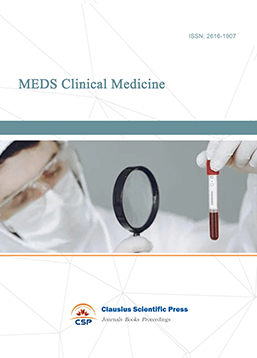
-
Journal of Neurobiology and Genetics
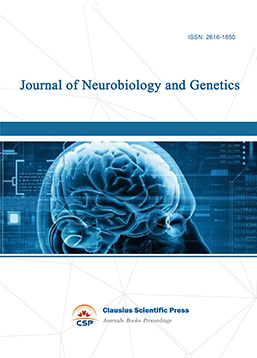
-
Medical Imaging and Nuclear Medicine

-
Bacterial Genetics and Ecology
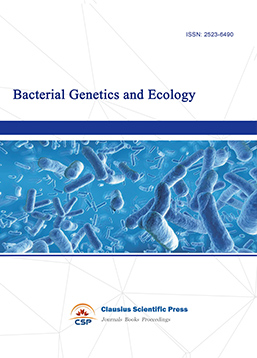
-
Transactions on Cancer
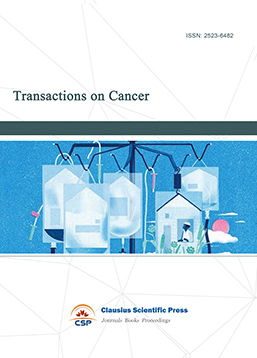
-
Journal of Biophysics and Ecology

-
Journal of Animal Science and Veterinary
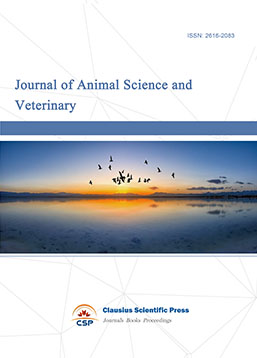
-
Academic Journal of Biochemistry and Molecular Biology
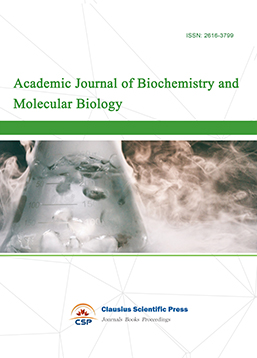
-
Transactions on Cell and Developmental Biology

-
Rehabilitation Engineering & Assistive Technology
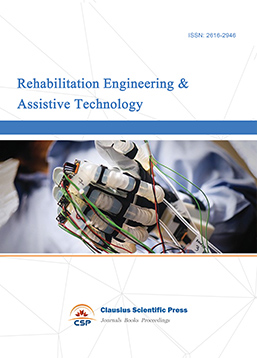
-
Orthopaedics and Sports Medicine
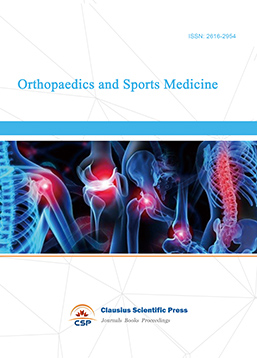
-
Hematology and Stem Cell

-
Journal of Intelligent Informatics and Biomedical Engineering
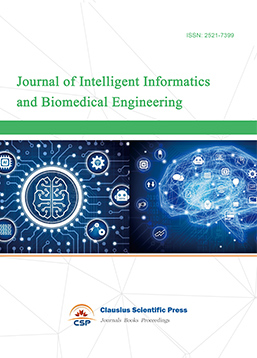
-
MEDS Basic Medicine
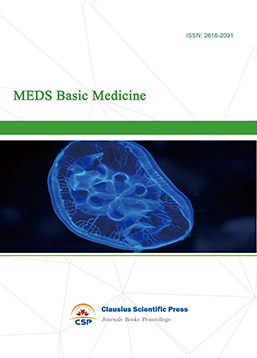
-
MEDS Stomatology
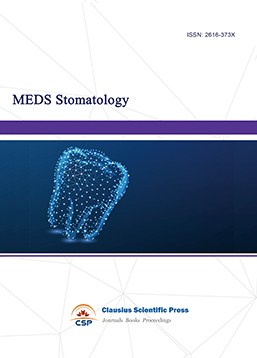
-
MEDS Chinese Medicine
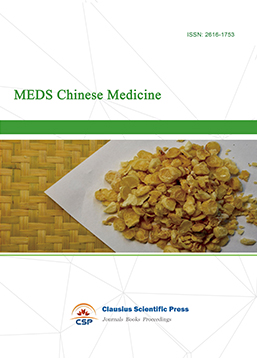
-
Journal of Enzyme Engineering

-
Advances in Industrial Pharmacy and Pharmaceutical Sciences
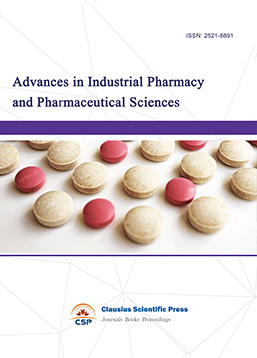
-
Bacteriology and Microbiology
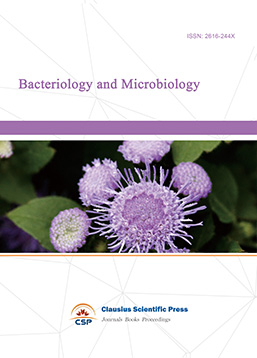
-
Advances in Physiology and Pathophysiology

-
Journal of Vision and Ophthalmology
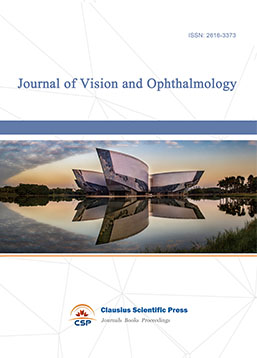
-
Frontiers of Obstetrics and Gynecology

-
Digestive Disease and Diabetes

-
Advances in Immunology and Vaccines

-
Nanomedicine and Drug Delivery
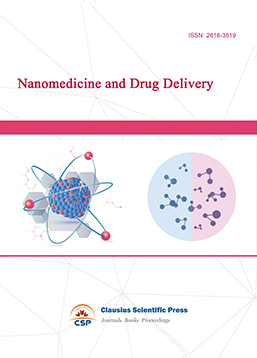
-
Cardiology and Vascular System

-
Pediatrics and Child Health

-
Journal of Reproductive Medicine and Contraception

-
Journal of Respiratory and Lung Disease
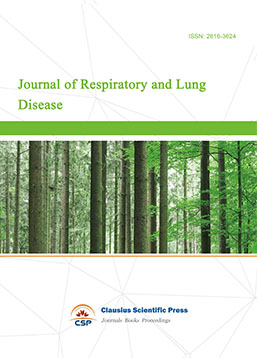
-
Journal of Bioinformatics and Biomedicine


 Download as PDF
Download as PDF